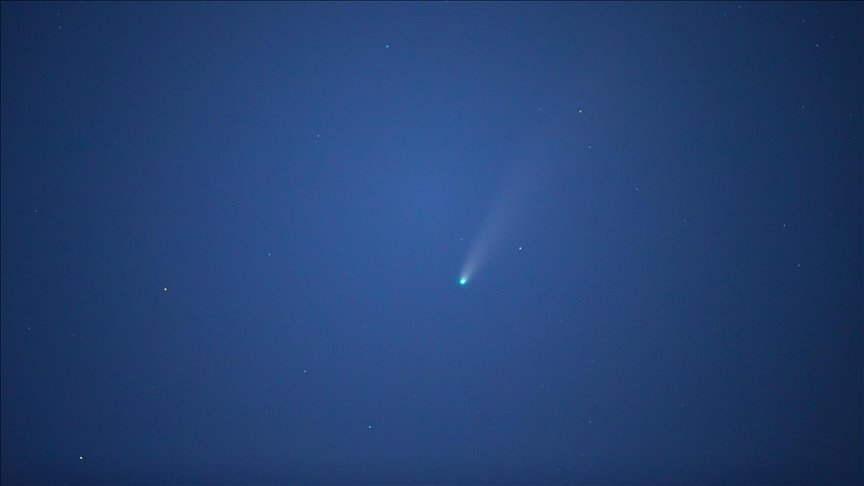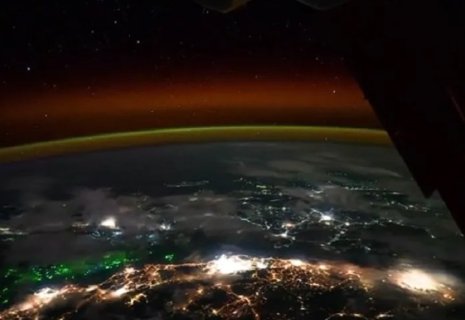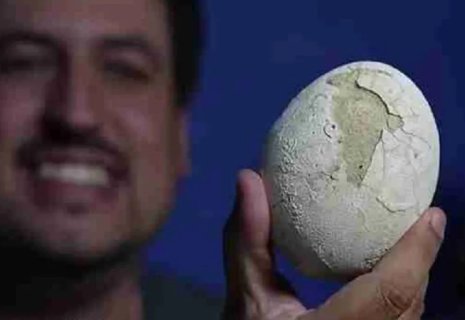
Gigantic interstellar comet turns blue near Sun
A large comet called 3I/ATLAS, first spotted this summer, has shown signs of speeding up in a way not caused by gravity and appeared to turn blue as it passed close to the Sun, said scientists.
Astrophysicist Avi Loeb of Harvard University said data from the US space agency NASA pointed to this unusual acceleration, likely caused by gas escaping from the comet, CE Report quotes Anadolu Agency.
He noted that the comet could lose about half of its mass and create a large trail of debris in the coming months, Fox News reported Sunday.
However, astronomers are currently unable to observe 3I/ATLAS from Earth, as the comet is positioned behind the Sun, limiting visibility for ground-based telescopes. It is expected to emerge again in early December, at which point direct observations from Earth will resume.
Until then, NASA and international partners including the European Space Agency (ESA) are monitoring the comet using spacecraft-based instruments.
Loeb said that if 3I/ATLAS shows no mass loss when it reappears, "the non-gravitational acceleration might be the technological signature of an internal engine."
But NASA’s Acting Administrator Sean Duffy downplayed the idea, posting on the US social media company X’s platform that "@NASA's observations show that this is the third interstellar comet to pass through our solar system. No aliens. No threat to life here on Earth."
Loeb also cited research suggesting that strong evaporation may explain its unusual blue color, writing: "For a natural comet, this blue color is very surprising."
He said the comet's blue color "could potentially be explained by a hot engine or a source of artificial light," though he added that it may instead reflect ionized carbon monoxide from a natural object.
3I/ATLAS made its closest approach to the Sun on Oct. 30, and ESA said its Juice spacecraft would observe it again on Nov. 2 and Nov. 25. The comet is expected to pass closest to Earth on Dec. 19, giving scientists a chance to confirm whether it is a natural comet or an artificial object.
























